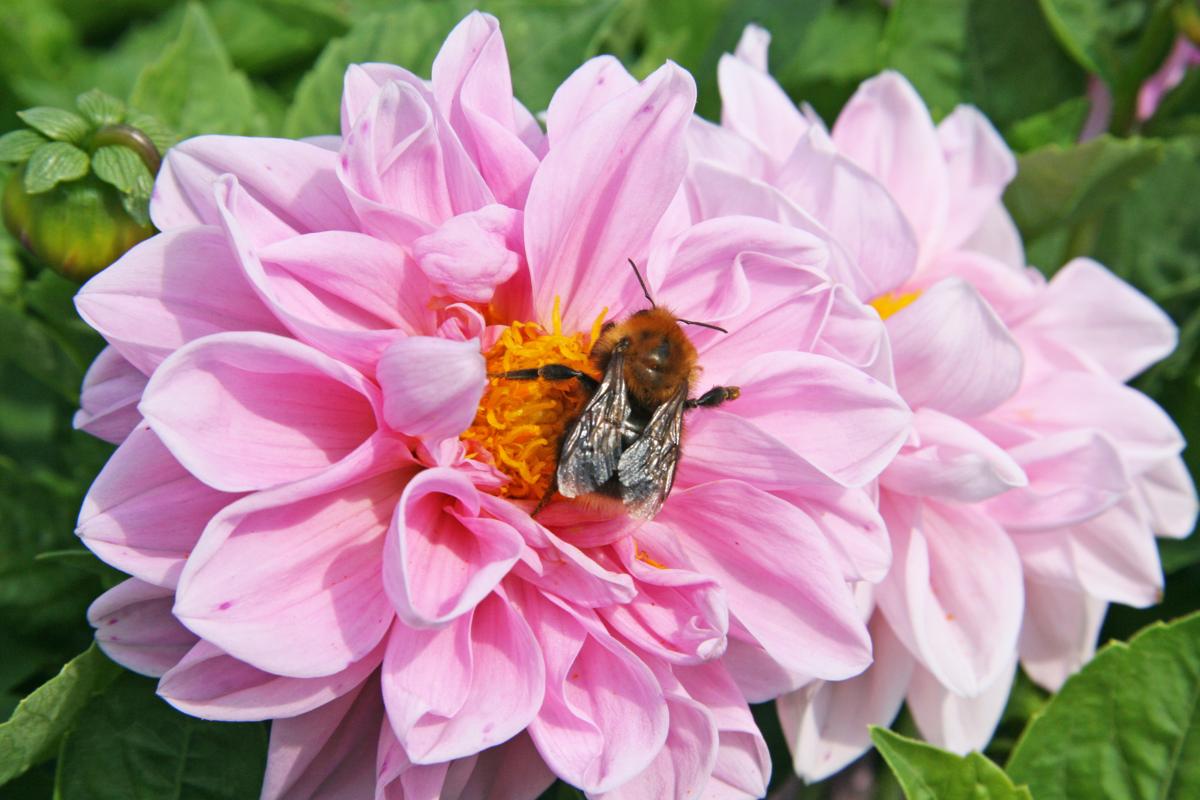Mutualism... What is it?


Picture from: http://www.necsi.edu/projects/evolution/co-evolution/mutualistic/co-evolution_mutualistic.html
Mutualism: An
interspecific cooperation/symbiotic relationship that is beneficial to both
organisms involved. Both species of organisms will benefit from association of
one another and will not be harmed. Also known as a “biological barter”
Mutualism plays a key part in ecology. It is vital for ecosystems
to survive on Earth. 48% of plants require relationships with fungi to provide
them with inorganic compounds.

Picture from: https://sciencestruck.com/mutualism-relationships
There are two types of these mutualistic relationships.
1.
Service-resource relationships are common. They
are important for pollination, and cleaning.
a.
In pollination, the animals use nectar or pollen
from the plant and disperse it in other areas to allow for more of the same
species of plant to grow.
2.
Service-service relationships are very rare.
a.
An example of this is the sea anemone and the anemone
fish which provide the fish with protection form predators, due to the fact
that other animals cannot stand the sting from the sea anemone, but the fish
take care of the sea anemone.
Why is it important? It
is crucial for reproduction of many plants and animals, and it provides to the
nutrient cycles in all ecosystems. It is very important to clarify the
relationships of mutualism from the rest of the symbiotic relationships – often
because this relationship can be confused with another symbiotic relationship.

Picture from: https://thefisheriesblog.com/2012/12/03/coral-calls-for-help-and-fish-respond/
Comments
Post a Comment